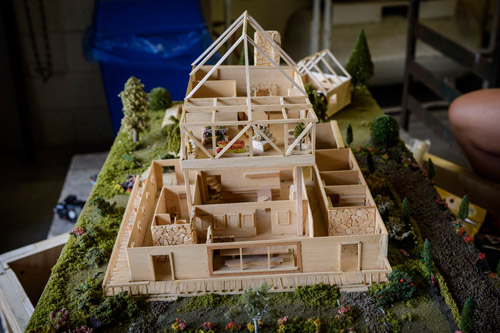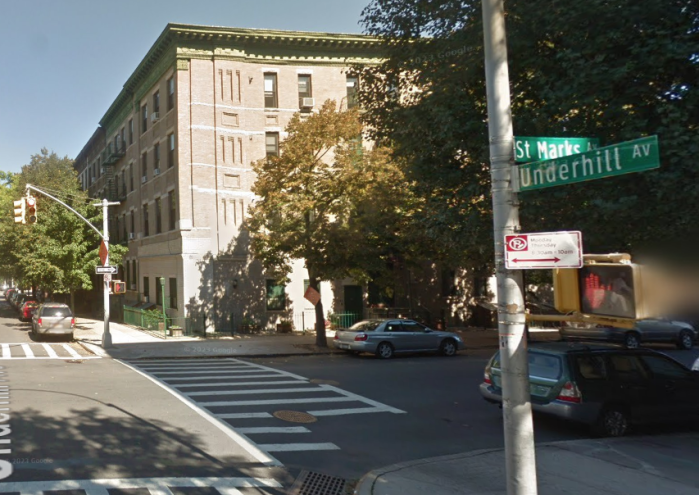He had a small cell and big dreams.
An artist has created a full-scale replica of the cell Black Panther activist Herman Wallace was imprisoned in for nearly 40 years, which she will exhibit at the Central Library from April 15 through June 5. The show also includes models of the dream home Wallace fantasized about living in while he was in prison, and a documentary about the creation of the exhibit, which the library will screen on April 16 and 23. Together, the pieces convey the horrors of solitary confinement while humanizing a man who spent nearly four decades of his life locked up in the six-by-nine-foot cell, the artist said.
“I want you see how solitary confinement is a mechanism for dehumanization,” said Jackie Sumell, who lives in New Orleans but regularly travels with the exhibit, entitled “The House That Herman Built.” “If I were just to go around with the cell, the go-to response is that he must have done something really bad.”
Wallace, who died in 2013, was a member of the so-called Angola Three, a trio of Black Panther activists who spent decades in prison for the murder of a prison guard, a crime his supporters say the men did not commit.
Sumell said she first heard of Wallace when another member of the Angola Three spoke in San Francisco, where she was living at the time. She began to write letters to Wallace in prison, and eventually had the idea to collaborate on the mock-up of his dream home. Sumell said she quickly realized that the project offered a unique and effective way to raise awareness of what she and many others considered an unjust incarceration.
“I began to realize that people paid more attention to his dream home than to his situation,” she said. “It became a powerful advocacy tool.”
Wallace shared his vision with Sumell through his letters, describing aspects of the house in painstaking detail, down to the books he would put in the library (the Central Library will feature the books from Wallace’s list in the exhibit). Sumell then crafted his ideas into scaled, three-dimensional models, she said.
Wallace never got to live in his dream home. He was diagnosed with advanced liver cancer in 2013. Authorities let him out on compassionate release, but he died three days later in a New Orleans hospital at the age of 71. But Wallace said that what the house represented was more important than whether he ever stepped foot in it.
“Whether or not I live in the house it makes no difference,” Herman said in the film. “It is a symbol of what this house is all about.”
“The House That Herman Built” at the Central Library [10 Grand Army Plaza between Eastern Parkway and Flatbush Avenue in Prospect Heights, (718) 230–2100, www.bklyn
























